UV or EC? Choosing the right ballast water management system for the environment – and your business profile
Ballast water management is intended to protect the environment, so it makes sense to choose the technology that’s safest for the environment – including the crew’s own work environment. By choosing chemical-free UV treatment with Alfa Laval PureBallast 3, you avoid the potential risks that electrochlorination (EC) and other chlorine-based technologies pose to aquatic ecosystems and human health. It’s a sustainable choice that can also position you for business advantages.
- Minimize the risk of non-compliant discharge from a type-approved system
- Avoid exchanging one environmental risk for another
- Avoid disinfection by-products with clear links to human health issues
- Secure a greener profile with competitive advantages
How “real” are type approval tests?
Believe it or not, the type approval process for ballast water management systems can lead to environmental risk – at least in the case of electrochlorination (EC) systems. Prepared challenge water is used to test both UV and EC systems, but the test results differ in how well they reflect real-world operation.
What EC testing overlooks
During EC system type approval, prepared challenge water is used to evaluate the target concentration for the oxidizing disinfectant that renders organisms non-viable – plus the holding time and/or the addition of chemicals needed to neutralize the total residual oxidants (TRO) before discharge. This target concentration is then applied uniformly, wherever the vessel sails.
The problem is that oxidants are consumed by more than living organisms. All natural waters have their own “oxidant demand”, which means the rate at which TRO is consumed depends on the amount and types of organic carbon they contain. However, the water’s oxidant demand isn’t measured during type approval – nor is it monitored by ballast water management systems in operation.
As a result, the disinfectant generated by an EC system may be consumed faster or slower in real life, depending on where the vessel sails. When the ambient oxidant demand differs from the demand in the prepared challenge water used during type approval, the result can be non-compliant treatment, the damaging release of unneutralized TRO and/or the formation of harmful disinfection by-products (DBPs). These risks apply even if the EC system is operated perfectly – and despite the IMO G9 final approval process that applies to systems using active substances.
UV testing vs real life
For UV ballast water management systems, which use no active substances, the situation is different. During type approval testing, the correct UV dose is coupled to the intensity of UV light that reaches a fixed UV sensor. Since the same sensor setup is used in operation, the relationship between intensity and dose never changes – even if the water does.
This means that UV performance is consistent. In fact, if the system has effective power management, it can safely decrease the UV light applied in clear water conditions. The intensity is maintained, but less energy will be used to make the ballast water compliant.
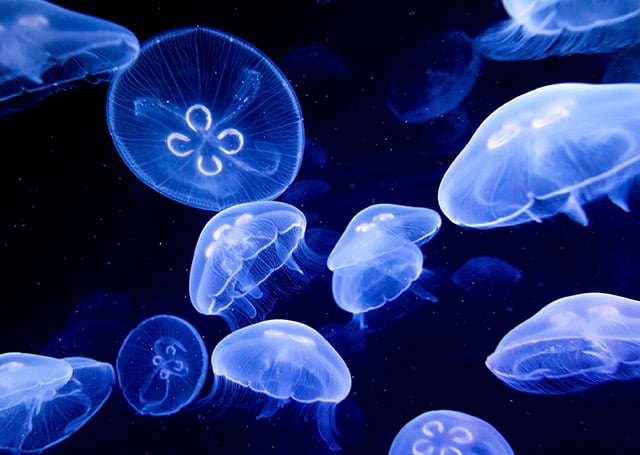
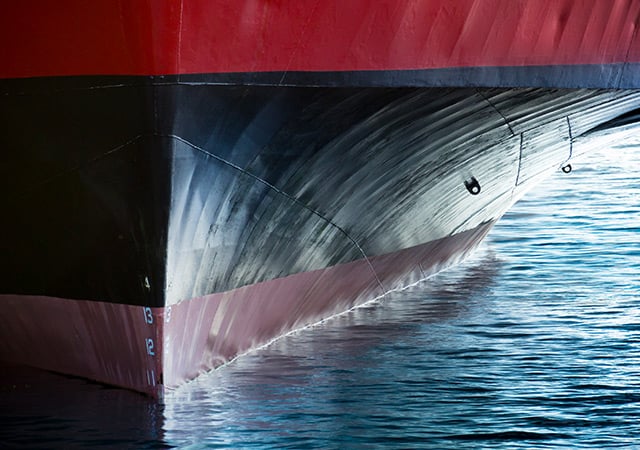
Avoid non-compliance and the risk of regrowth
Overlooking factors like oxidant demand when type approving electrochlorination (EC) systems puts ballast water compliance at risk. If the challenge water has a low oxidant demand, it will result in a lower target concentration being validated. As a result, the vessel’s discharge may be non-compliant in global waters with a high oxidant demand. In the real world, the “correctly” dosed disinfectant may be consumed before all organisms are rendered non-viable – a de facto underdose that jeopardizes aquatic ecosystems.
Risks can multiply within the tanks
Even when EC systems make the ballast water compliant, regrowth in the ballast tanks can make it non-compliant again. Unlike UV systems, EC systems only apply treatment when the ballast water is pumped in. Since the concentration of total residual oxidants (TRO) decreases over time, the few organisms that survive treatment may be able to regrow during a longer voyage. So, water that was once compliant may be non-compliant when it is discharged.
UV systems resolve this issue. Their UV dose is matched to the ambient water, and most systems treat the water again during ballast water discharge. If any regrowth occurs after uptake, the problem is therefore removed when the water is deballasted. Moreover, UV treatment disrupts the DNA of microorganisms, which means that even if they should survive for a short while, they will not be able to reproduce.
Combat organisms inside the vessel – not outside it
When managing ballast water with electrochlorination (EC) systems or others that use active substances, too much is just as problematic as too little. Nevertheless, in presented samplings, one-third of the systems using active substances have exceeded the maximum allowable discharge concentration (MADC) for total residual oxidants (TRO).
There could be many explanations, such as malfunctioning TRO sensors or problems dosing the neutralizing chemicals. In some cases, it could even be due to the ambient water having a lower oxidant demand than the challenge water during type approval, which would make the “correct” dose of neutralizing chemicals insufficient in practice. But whatever the cause, the risk to the environment is troubling. The concern is shared by nearly three in four experts from Global TestNet, a global network of experts working with ballast water management system testing, in their submission to MEPC regarding the experience-building phase (EBP) associated with IMO Ballast Water Management Convention.
Replacing one problem with another?
The high TRO discharge levels are a topic of discussion among experts, because today’s IMO D-2 discharge standard doesn’t include TRO limits. Although EC systems have a set MADC, no exceedance can be detected during Port State Control inspections, which only look at D-2 parameters. As the rules stand, vessels with EC systems may harm aquatic life without knowing it.
Unfortunately, using more neutralizing chemicals isn’t the answer. An excess of TRO-reducing chemicals can lead to bacterial growth and oxygen depletion, which also harm aquatic ecosystems. A recent study by the Joint Group of Experts on the Scientific Aspects of Marine Environmental Protection (GESAMP)-Ballast Water Working Group (BWWG) points this out.
The simplest and surest way to avoid the problems of active substances is to select a UV ballast water management system.
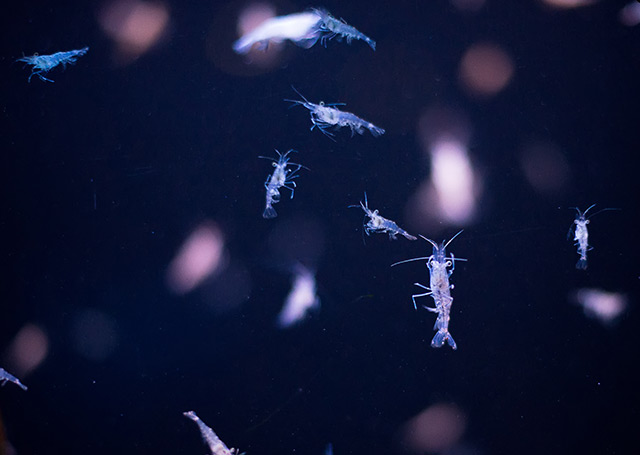
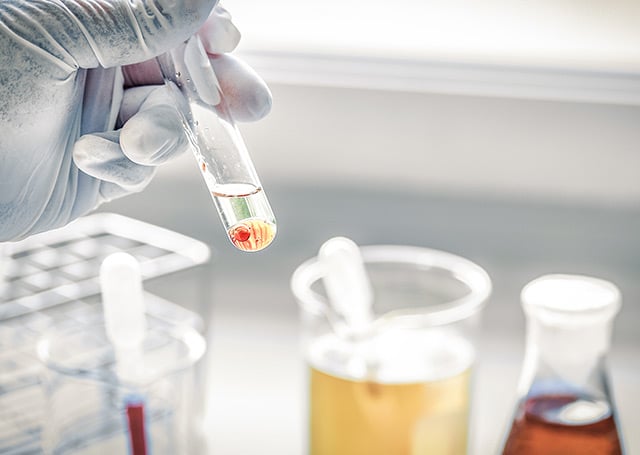
Be aware of disinfection by-products (DBPs) and their risks
Perhaps an even bigger concern than high discharge levels of total residual oxidants (TRO) is the formation of disinfection by-products (DBPs) by electrochlorination (EC) systems. DBPs arise through the oxidation of organic matter and other substances present in natural water. Since they aren’t broken down by TRO-neutralizing chemicals, they remain in the water even after post-treatment, where they can have an acute or chronic impact on the aquatic environment. The potential for bioaccumulation has not been fully ruled out.
The number and type of DBPs created depend on the water composition. Because seawater often contains bromine, commonly formed DBPs include bromoform, dibromoacetic acid and bromoacetonitrile, which have been linked to cancer and mutation.
Doesn’t IMO G9 mean that EC systems are safe?
To assess their impact on safety, health and the environment, ballast water management systems using active substances are evaluated according to IMO G9. Theoretically, this final approval process should keep toxicity within safe limits.
However, the testing is done with prepared challenge water, containing dissolved and particulate organic carbon as defined by the regulations. In real life, DBP formation is influenced by the more diverse types of organic carbon and ions in the water, as well as by temperature and holding time. Since these factors all vary, so will the DBPs actually formed by EC systems – and thus the toxicity of the water discharged into the environment.
Older approvals build on older knowledge
A decade or so has passed since many ballast water management systems received their final approval. In those years, the circular defining the IMO G9 evaluation process has been revised five times. Likewise, the database of DBPs and other chemicals maintained by the Joint Group of Experts on the Scientific Aspects of Marine Environmental Protection (GESAMP)-Ballast Water Working Group (BWWG) has grown to more than 40 entries – and more may be added as further questions are investigated, such as the potential role of DBPs as endocrine disruptors.
Surprisingly, there was no call to renew final approvals when the IMO revised G8 guidelines entered into force. Although systems were retested to prove compliance with the IMO D-2 discharge standard, their safety was never re-examined. As a result, their final approvals still exclude parameters that could represent environmental risks.
Could type approvals in ballast water management be improved?
As explored previously, the approval of electrochlorination (EC) systems raises many concerns that don’t apply to UV systems. Not surprisingly, questions like these have been raised by marine industry experts during the experience-building phase (EBP) tied to the IMO Ballast Water Management Convention:
- How can ballast water management systems be evaluated equally – and more correctly – during type approval?
Could type approvals of EC systems reflect real-life performance as well as those for UV systems, for example by assessing the oxidant demand in the challenge water? - How do we avoid solving one environmental problem by creating another?
Given the documented high discharge levels of total residual oxidants (TRO) from EC systems, should TRO limits be enforced by Port State Control as part of the IMO D-2 standard? - Have some key environmental risks been overlooked?
As knowledge continues to grow about the fate and toxicity of disinfection by-products (DBPs), should IMO G9 be further revised – and perhaps re-applied to older systems?
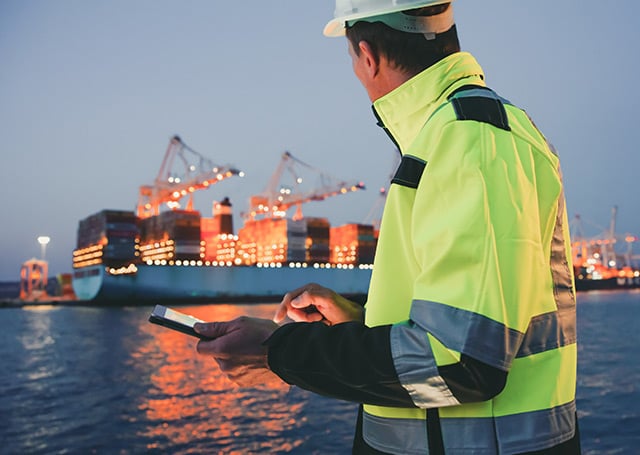

Crew health and safety matter too
Ballast water management concerns the marine environment, but sustainability is a wider picture that also involves vessel crews. Both should be protected.
On vessels with electrochlorination (EC) systems, the oxidizing disinfectant is produced within the system itself. However, crews must still handle the chemicals for neutralizing total residual oxidants (TRO). Those chemicals pose their own health and safety risks, which means strong routines are needed with regard to storage, protective equip¬ment and crew training.
Since UV systems use no active substances, no chemicals are involved at any point during treatment. Crew training is still vital for compliant ballast water management, but no risks are added to the crew environment.
Protecting the environment is good business
By choosing sustainable ballast water management technology, you give your customers a stronger reason for choosing you. As the marine industry becomes greener, selecting UV treatment increases your competitive power. It shows customers and others that:
- You value sustainability and consider your impact carefully
- You choose compliance without active substances
- You avoid uncertain outcomes and questionable by-products
- You work towards the environmental goal – not just the rules
A green profile pays in more ways than one
The arguments above can strengthen your environmental credibility, making it easier to obtain green certifications – or more favourable loans. When you consider that UV treatment can also mean less CAPEX Land lower OPEX, the business decision becomes even easier.
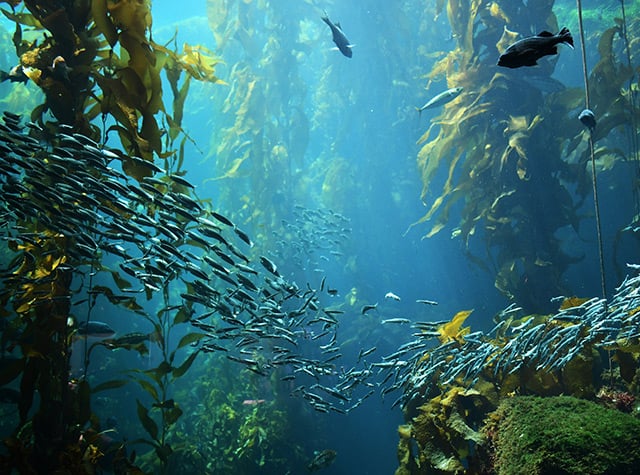
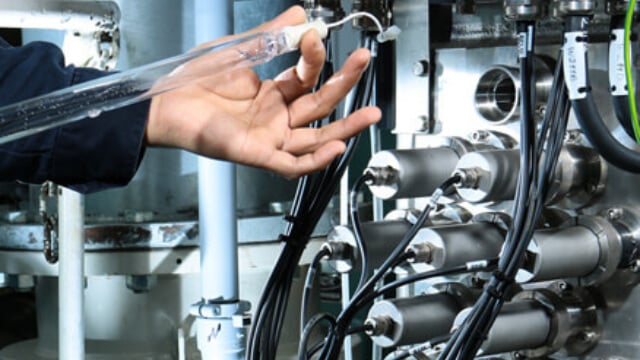
UV technology – always the clear choice for Alfa Laval
Alfa Laval was first with a commercially available ballast water management system, launching Alfa Laval PureBallast in 2006. But we started by considering the issues. When PureBallast development began in 1997, we targeted a simple, effective solution with no unwanted environmental impact. UV technology was the natural answer.

